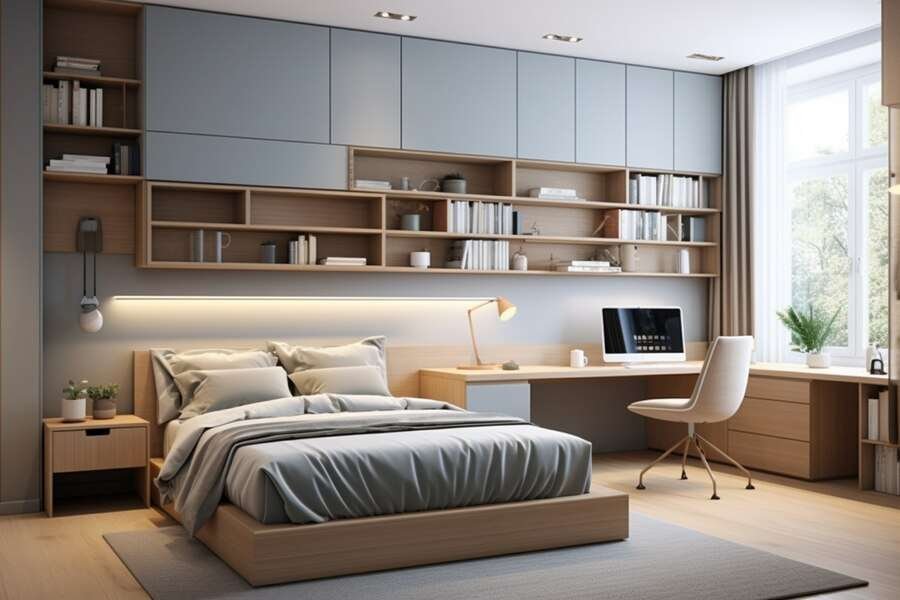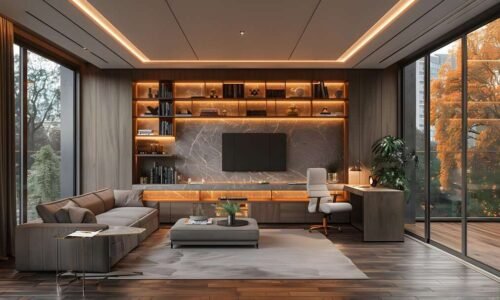Arranging furniture in your bedroom can significantly influence both the functionality and the aesthetic appeal of the space. A well-thought-out arrangement can create a serene and organized sanctuary, while a poorly planned layout can lead to clutter and discomfort. This guide explores various bedroom furniture arrangement ideas to help you optimize your space for comfort and style.
Understanding Bedroom Layouts
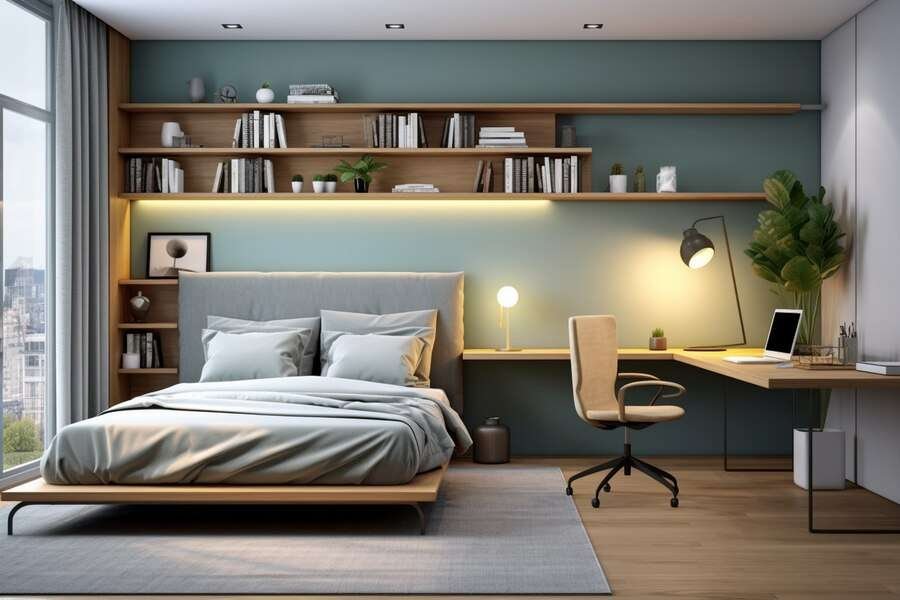
Understanding the type of bedroom layout you have is the first step in arranging your furniture effectively. Bedrooms come in various shapes and sizes, including rectangular, square, and irregular shapes. Each layout presents unique opportunities and challenges for furniture placement.
Types of Bedroom Layouts
- Rectangular Bedrooms: These are the most common and typically easier to arrange. The long walls offer ample space for larger furniture pieces like the bed and dresser.
- Square Bedrooms: These can be more challenging due to the symmetry. Balancing furniture on all sides can help maintain harmony.
- Irregularly Shaped Bedrooms: These rooms may have alcoves, slanted ceilings, or other architectural quirks that require creative solutions.
Choosing the Right Bed
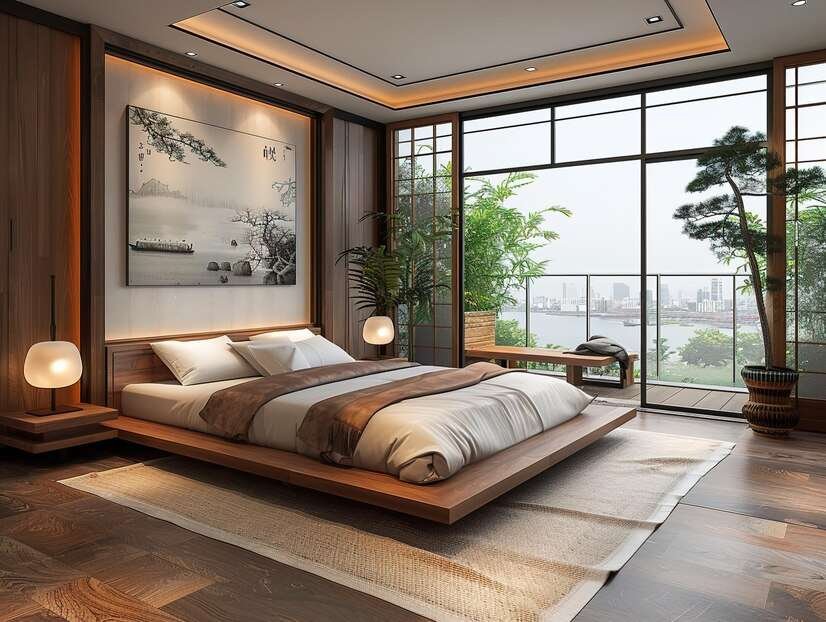
The bed is often the focal point of the bedroom, making its placement crucial.
Bed Sizes and Placement
- King Bed: Ideal for large bedrooms, often placed against the largest wall.
- Queen Bed: Versatile for both small and large rooms, typically centered on the main wall.
- Twin Bed: Perfect for children’s rooms or small guest rooms, can be placed against a wall to maximize floor space.
Positioning the bed against a solid wall without windows or doors ensures stability and a sense of security. Avoid placing the bed under windows to prevent drafts and noise disruptions.
Optimal Dresser Placement

Dressers are essential for storage but can be bulky.
Functionality and Aesthetics
- Near the Bed: Allows easy access to clothes and personal items.
- Opposite the Bed: This creates balance in the room and can serve as a surface for a mirror or TV.
- In a Corner: Saves space and keeps the room feeling open.
Ensure that drawers can be fully opened without obstructing pathways.
Nightstand Essentials
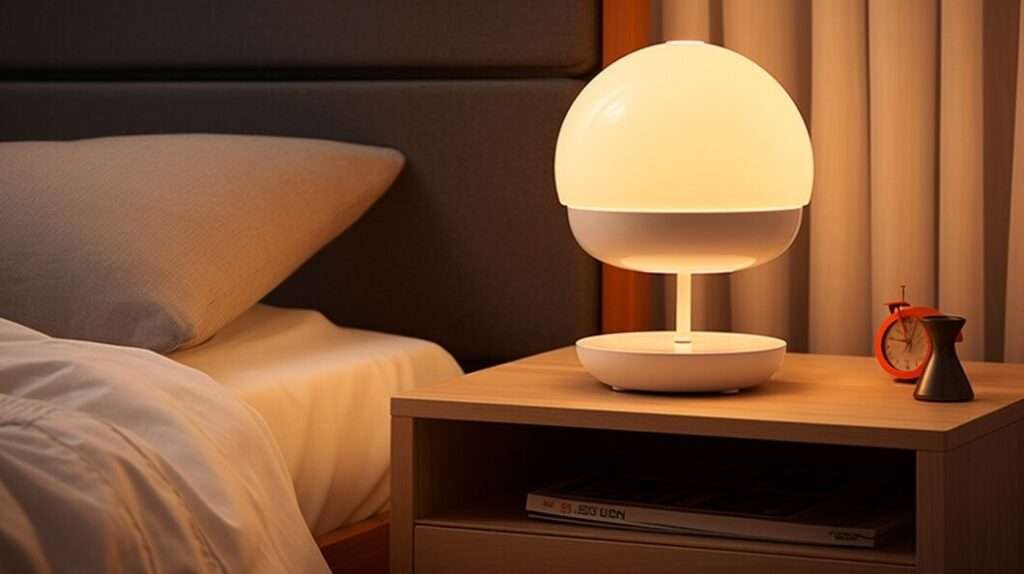
Nightstands are both functional and decorative. They provide a convenient spot for lamps, books, and other bedside essentials.
Placement and Uses
- On Both Sides of the Bed: Creates symmetry and provides storage for both partners.
- Single Nightstand: Works well in smaller bedrooms, placed on the most accessible side of the bed.
- Floating Nightstands: Save floor space and add a modern touch.
Incorporating a Wardrobe

Wardrobes are crucial for storage, especially in rooms without built-in closets.
Space-Saving Tips
- Sliding Doors: Save space compared to swing doors.
- Built-In Wardrobes: Maximize storage without taking up floor space.
- Corner Wardrobes: Utilize often-overlooked corners for additional storage.
Seating Arrangements

Adding seating to your bedroom can enhance comfort and functionality.
Chairs, Benches, and Sofas
- Reading Chairs: Place near a window or a cozy corner for a relaxing spot.
- Benches at the Foot of the Bed: Useful for seating and extra storage.
- Small Sofas: Ideal for large bedrooms, creating a mini living area.
Maximizing Small Bedrooms

Small bedrooms require smart solutions to avoid feeling cramped.
Space-Saving Furniture and Tips
- Multi-Functional Furniture: Beds with storage drawers, foldable desks, and wall-mounted shelves.
- Vertical Space: Utilize tall furniture pieces to keep the floor clear.
- Light Colors: Make the room feel larger and more open.
Creating a Cozy Corner
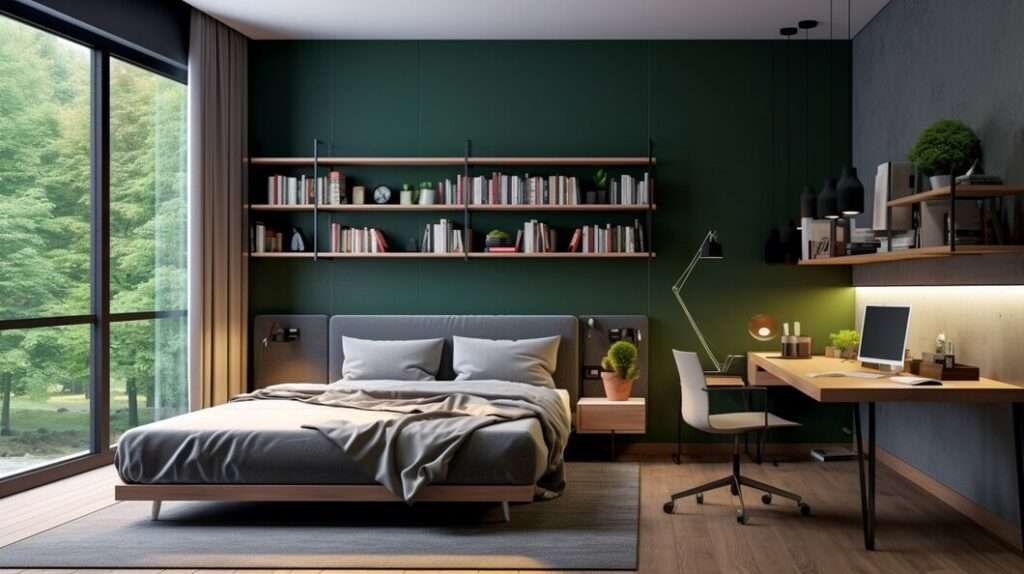
Every bedroom can benefit from a dedicated cozy corner.
Reading Nooks and Relaxation Spaces
- Reading Nook: A comfortable chair, good lighting, and a small book table.
- Meditation Corner: A soft rug, cushions, and calming decor for a peaceful retreat.
Utilizing Mirrors
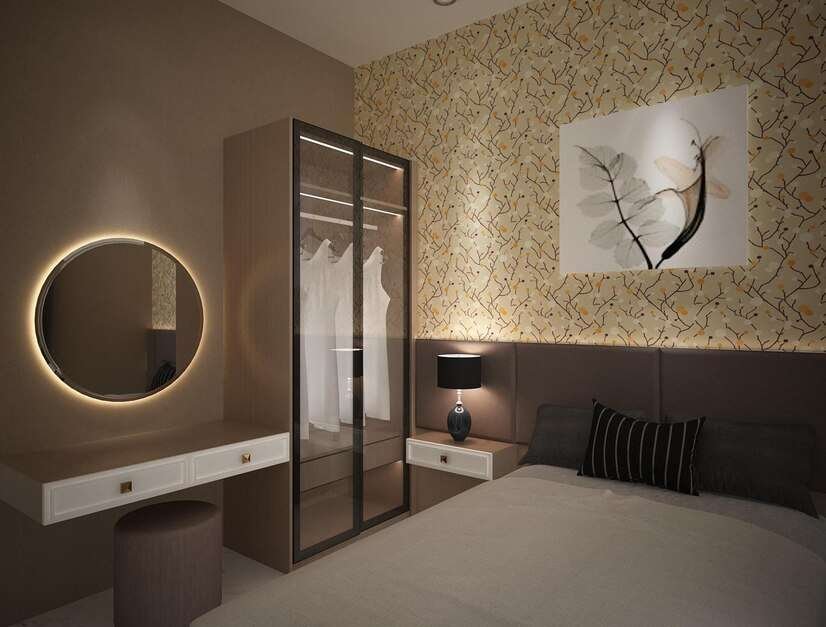
Mirrors can enhance the sense of space and light in a bedroom.
Placement for Light and Space Illusion
- Opposite Windows: Reflect natural light to brighten the room.
- On Closet Doors: Save space and provide a full-length reflection.
- Above Dressers: Add style and function, helping with daily routines.
Functional Desks
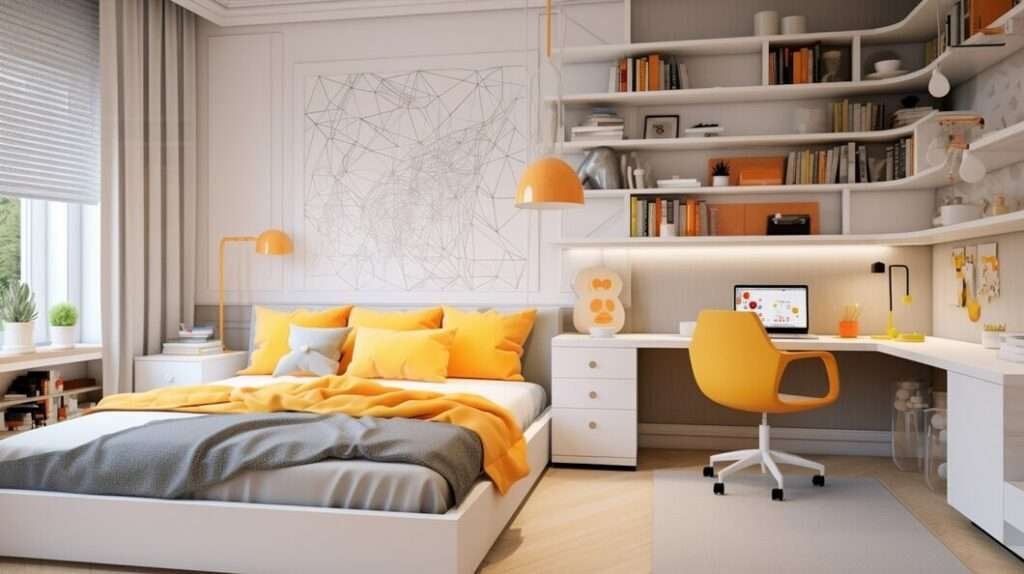
A desk in the bedroom can be necessary for work or study.
Workspaces Within a Bedroom
- Compact Desks: Fit into small spaces, ideal for occasional use.
- Built-In Desks: Save space and blend seamlessly with the room decor.
- Dual-Purpose Furniture: Desks that double as vanities or storage units.
Accent Furniture Pieces
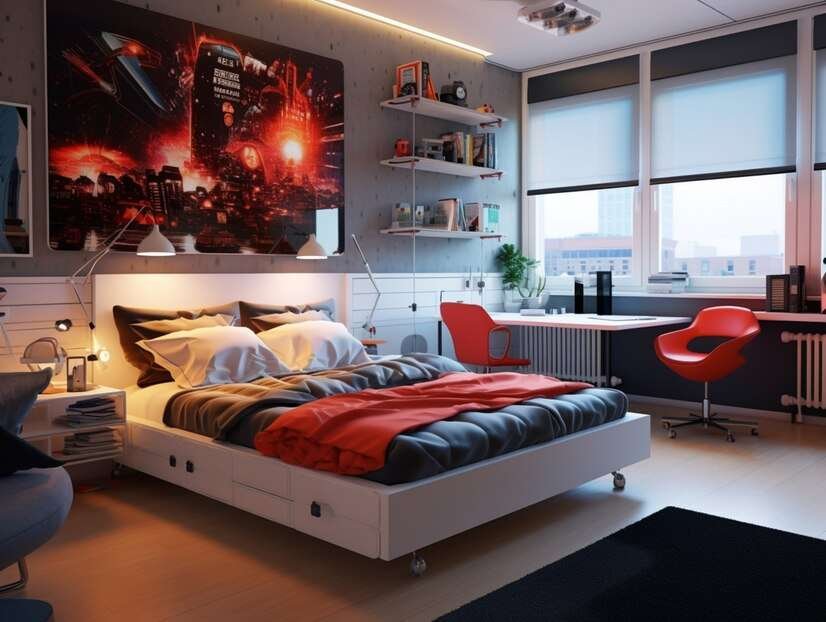
Accent furniture adds personality and can be functional.
Adding Personality and Style
- Ottomans: Provide extra seating and storage.
- Side Tables: Small and versatile, great for holding decorative items.
- Statement Pieces: Unique chairs or art that reflect personal style.
Lighting Solutions
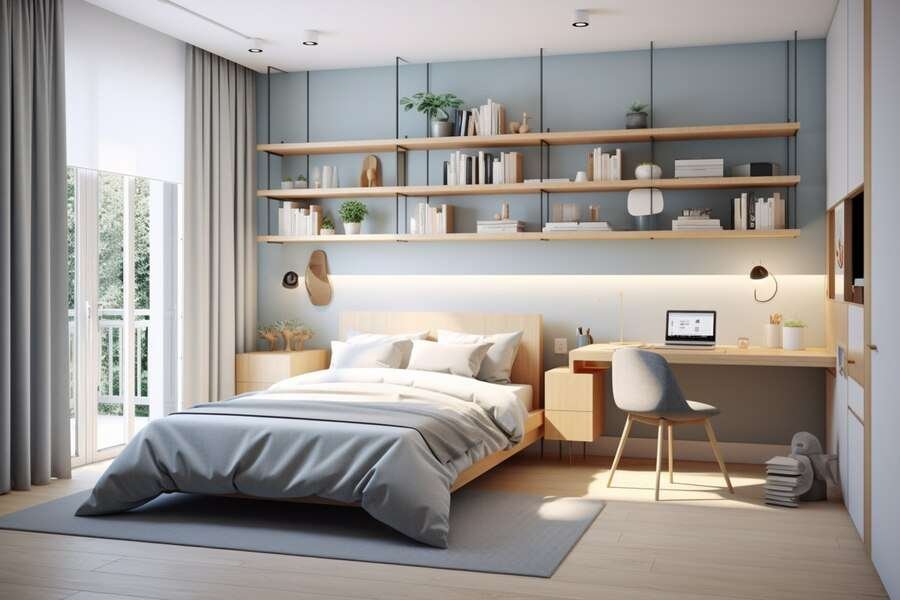
Proper lighting is crucial for a functional and inviting bedroom.
Overhead, Task, and Ambient Lighting
- Overhead Lighting: Central fixtures like chandeliers or ceiling fans with lights.
- Task Lighting: Reading lamps on nightstands or desks.
- Ambient Lighting: Soft lighting from floor lamps or wall sconces for a cozy atmosphere.
Rugs and Flooring
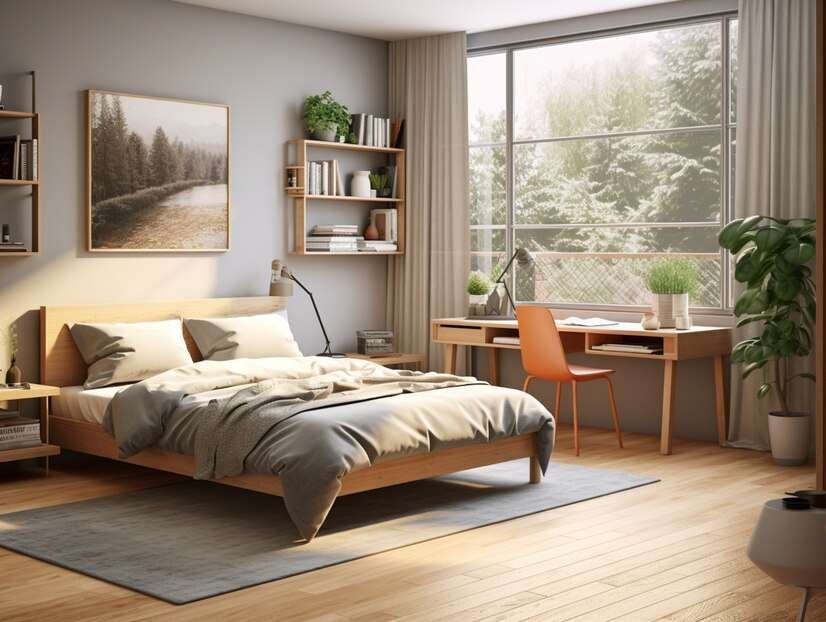
Rugs can define spaces and add warmth to your bedroom.
Choosing the Right Floor Covering
- Area Rugs: Under the bed or seating areas to anchor furniture.
- Runner Rugs: Alongside the bed for a soft landing in the morning.
- Layering Rugs: Combine different textures and patterns for a stylish look.
Storage Solutions
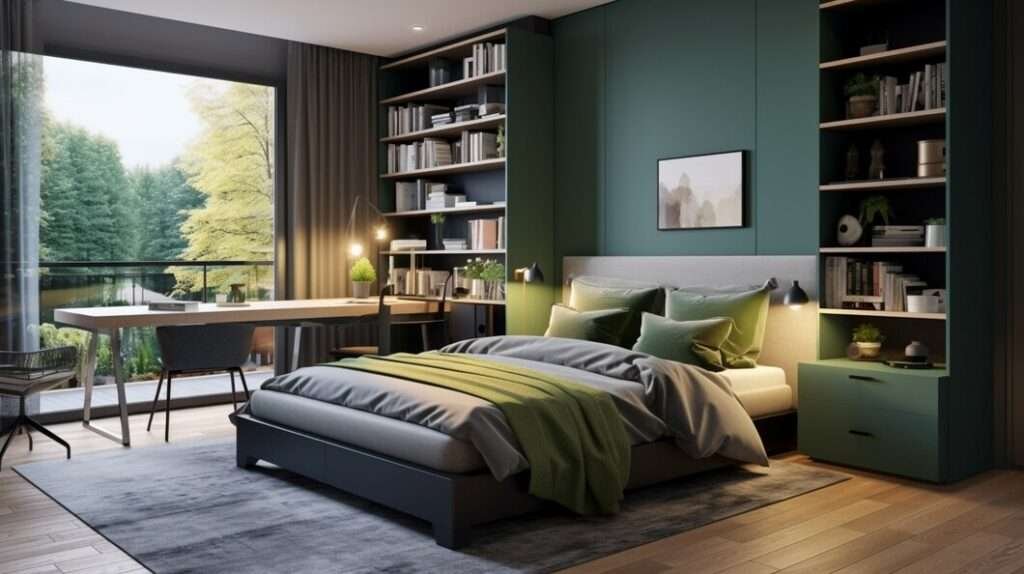
Keeping your bedroom organized is key to maintaining a relaxing environment.
Built-In and Freestanding Options
- Under-Bed Storage: Boxes or drawers to utilize the space beneath the bed.
- Shelving Units: Wall-mounted or standalone shelves for books and decor.
- Closet Organizers: Maximize closet space with dividers, bins, and hanging organizers.
Wall Art and Decor
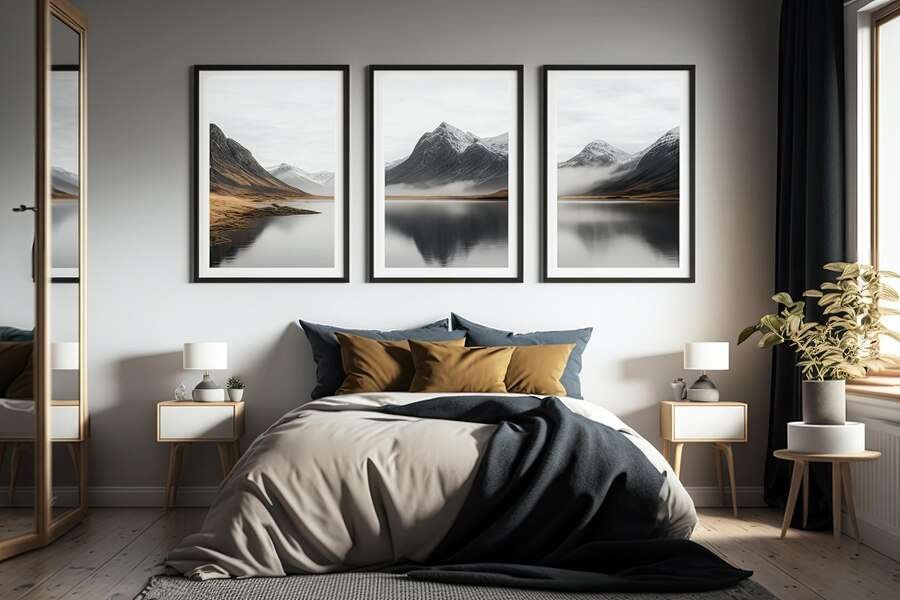
Personalize your Bedroom furniture arrangement ideas for small rooms with wall art and decor.
Personalizing Your Space
- Gallery Walls: Display a collection of photos, prints, and art.
- Statement Art: A large piece of art to serve as a focal point.
- Decorative Mirrors: Combine function with beauty.
Color Schemes
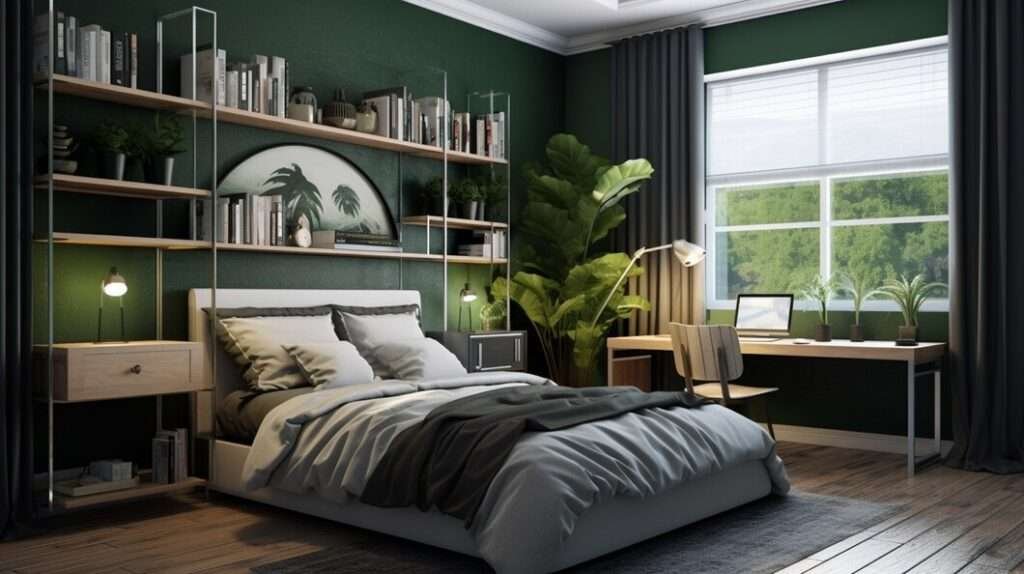
Choosing the right color scheme can set the mood of your bedroom.
Choosing and Combining Colors
- Neutral Palettes: Create a calm and timeless look.
- Bold Colors: Add energy and personality to the space.
- Accent Walls: Use a contrasting color or wallpaper for a dramatic effect.
Textiles and Bedding
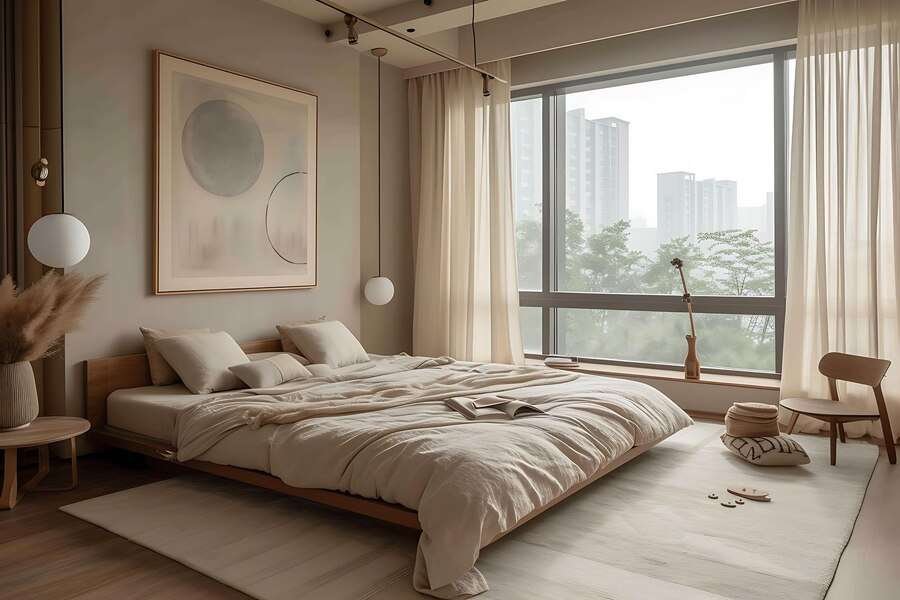
Textiles play a crucial role in the comfort and style of your bedroom.
Comfort and Style in Fabrics
- Bedding Sets: Coordinated sets that include sheets, duvet covers, and pillowcases.
- Throws and Blankets: Add layers and texture for a cozy feel.
- Curtains and Drapes: Frame windows and control light for a restful environment.
Balancing Function and Style
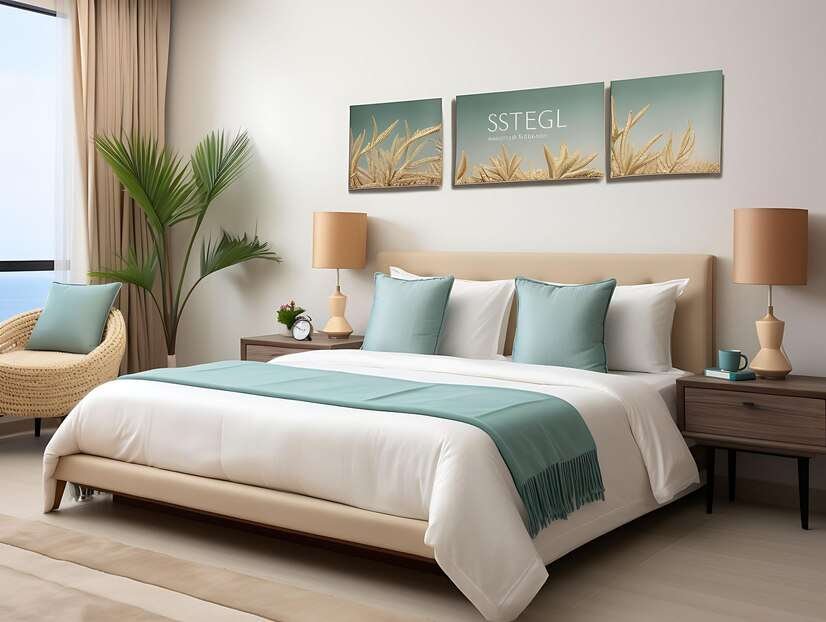
Achieving a balance between function and style is essential in bedroom design.
Practical Yet Beautiful Furniture Choices
- Functional Furniture: Pieces that serve multiple purposes, like storage beds.
- Stylish Accents: Incorporate trendy items that do not compromise on utility.
- Harmonious Design: Ensure all pieces work together to create a cohesive look.
Seasonal Changes
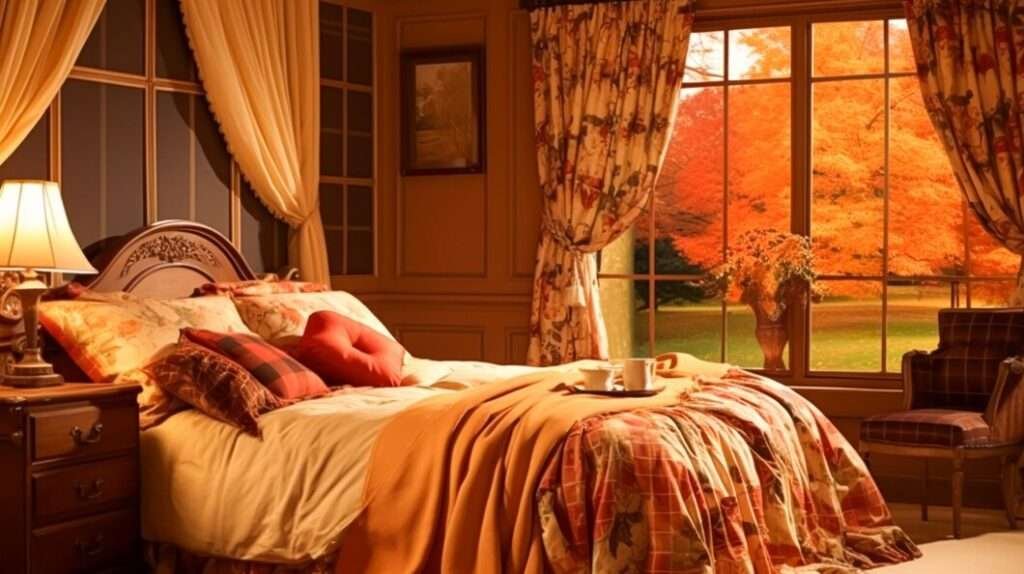
Updating your bedroom decor with the seasons can keep it fresh and inviting.
Adapting Your Arrangement with Seasons
- Summer: Light fabrics, bright colors, and minimal decor.
- Winter: Cozy textiles, warm colors, and layered bedding.
- Spring/Fall: Transitional pieces that can be easily added or removed.
Budget-Friendly Ideas

Refreshing your bedroom doesn’t have to break the bank.
Affordable Ways to Refresh Your Bedroom
- DIY Projects: Upcycling furniture or creating your decor.
- Thrift Finds: Shop secondhand for unique and affordable pieces.
- Simple Changes: New bedding, a fresh coat of paint, or rearranging existing furniture.
Maintaining Your Space
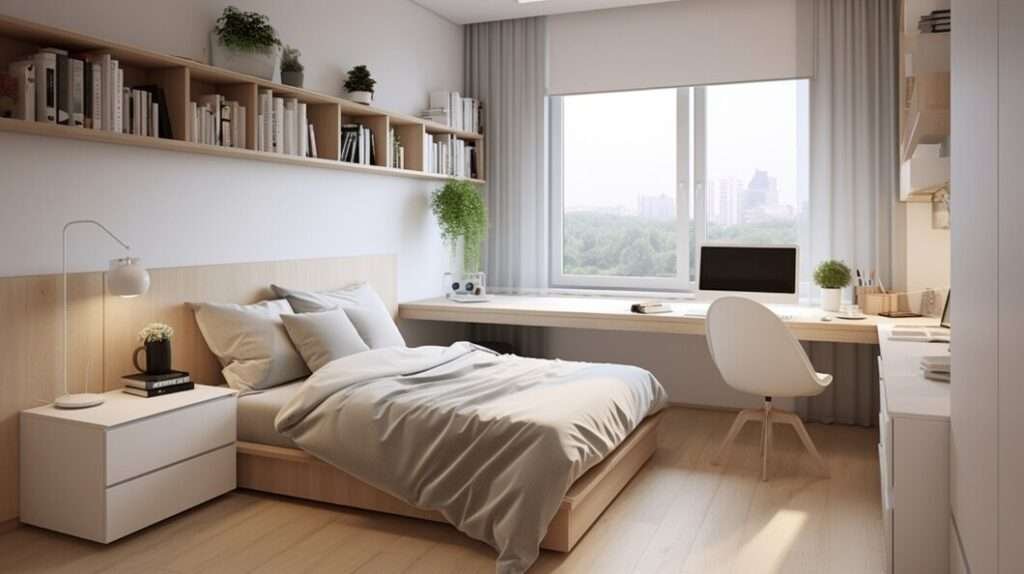
Keeping your bedroom clean and organized is essential for a peaceful retreat.
Cleaning and Organizing Tips
- Regular Decluttering: Get rid of items you no longer need or use.
- Cleaning Routine: Dust and vacuum regularly to maintain a fresh environment.
- Organization Systems: Use baskets, bins, and labels to keep everything in its place.
FAQs
How do I choose the right size bed for my bedroom? Consider the room size and layout. A king bed suits large rooms, while a queen or twin bed fits smaller spaces better.
What is the best way to arrange furniture in a small bedroom? Use multi-functional furniture, maximize vertical space, and keep the floor clear with light colors and minimal clutter.
How can I create a cozy reading nook in my bedroom? Place a comfortable chair near a window or in a quiet corner, add good lighting, and include a small table for books and a cup of tea.
What are some tips for incorporating a desk into a bedroom? Choose a compact or built-in desk, use it as a dual-purpose piece, and ensure it blends with the room decor.
How can I make my bedroom look larger? Use mirrors to reflect light, choose light colors, keep furniture low and streamlined, and avoid heavy, dark decor.
What are budget-friendly ways to refresh my bedroom? Try DIY projects, shop thrift stores, and make simple changes like new bedding or rearranging furniture.
Conclusion
Arranging bedroom furniture thoughtfully can transform your space into a functional and stylish retreat. Whether you have a spacious master bedroom or a compact guest room, the right arrangement can enhance comfort and aesthetics. Following these ideas and tips, you can create a bedroom that reflects your style while providing a restful sanctuary.

